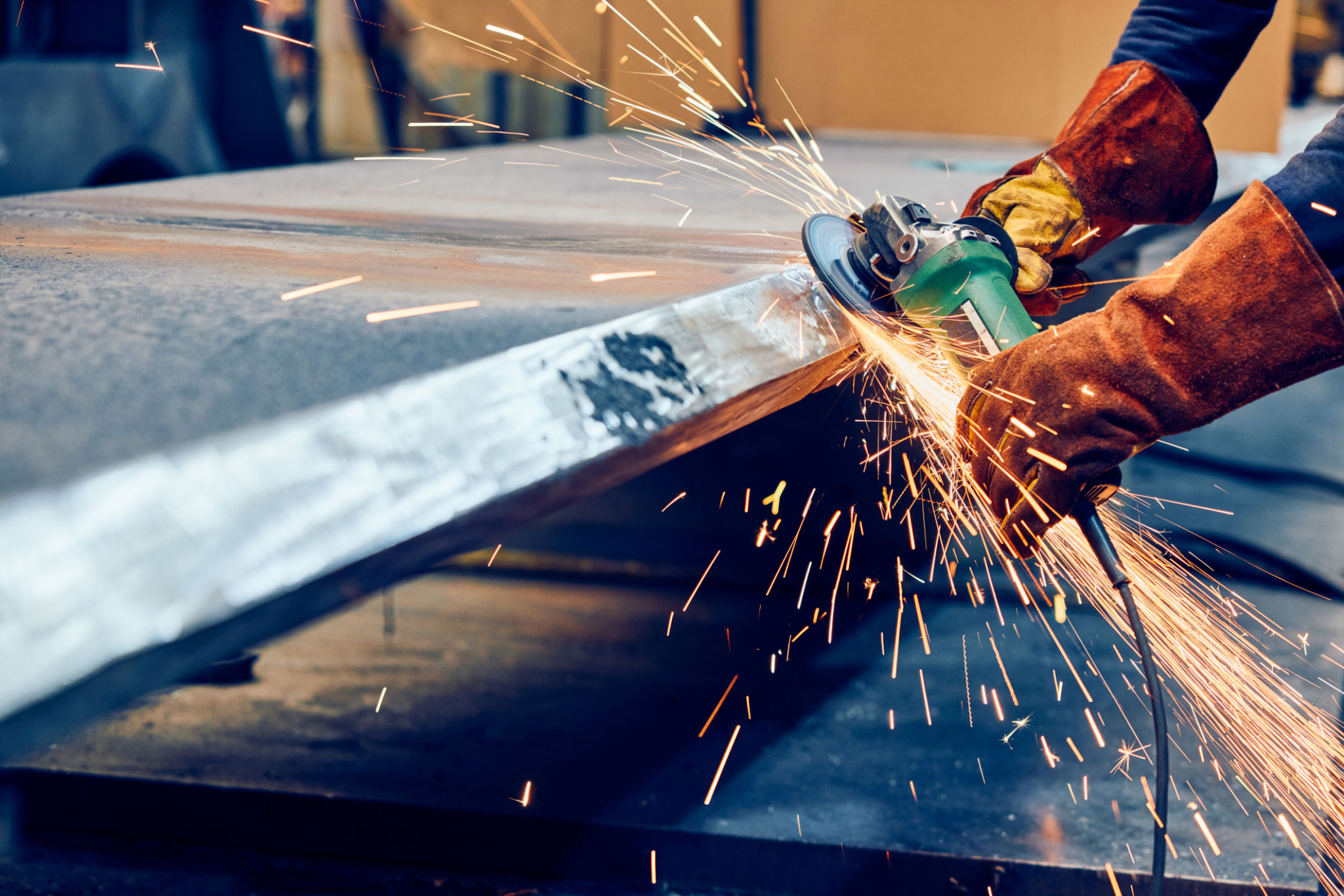Myth-Busting: Common Misconceptions About Metal Fabrication
Introduction to Metal Fabrication
Metal fabrication is a critical process in industries ranging from automotive to aerospace, but it is often shrouded in misconceptions. These misunderstandings can lead to unrealistic expectations or unnecessary apprehensions about the industry. In this post, we aim to debunk some of the most common myths surrounding metal fabrication.

Myth 1: Metal Fabrication is Completely Manual
A prevalent myth is that metal fabrication involves only manual labor. While skilled craftsmanship is invaluable, modern metal fabrication heavily relies on technology. CNC machines, laser cutters, and computer-aided design (CAD) software have revolutionized the industry, enhancing precision and efficiency. By integrating these technologies, fabricators achieve high-quality results that were once unimaginable.
Despite this technological advancement, the role of human expertise remains crucial. Skilled workers are needed to operate machines, troubleshoot issues, and ensure quality control throughout the production process.
Myth 2: Metal Fabrication is Expensive
Many believe that metal fabrication is prohibitively expensive. However, the cost varies significantly depending on the complexity, materials used, and the volume of production. Advances in technology have helped reduce costs by streamlining processes and minimizing waste. Additionally, economies of scale can make large production runs more cost-effective.

It's important to consider long-term value when evaluating cost. Custom metal fabrication often results in durable and high-quality products that offer better value over time compared to cheaper alternatives.
Myth 3: Metal Fabrication Is Only for Large Projects
Another misconception is that metal fabrication is exclusively for large-scale projects. In reality, it caters to both small and large projects. Prototyping services allow businesses to test ideas on a small scale before committing to mass production. This flexibility benefits startups and small businesses looking for customized solutions.
Whether you need a single custom piece or thousands of units, fabricators can tailor their services to meet your specific needs.

Myth 4: All Metals Are Fabricated the Same Way
Some assume that all metals undergo the same fabrication process. In truth, each metal has unique properties requiring specialized techniques. For instance, aluminum demands different handling due to its softness compared to steel. Understanding these differences is essential for achieving optimal results in the final product.
Fabricators must consider factors such as melting points, corrosion resistance, and tensile strength when working with various metals, ensuring the correct approach for each material.
Myth 5: Metal Fabrication Processes Are Environmentally Unfriendly
The belief that metal fabrication is harmful to the environment persists, yet modern practices are increasingly eco-friendly. Many fabricators have adopted sustainable practices like recycling scrap metal and reducing energy consumption through efficient machinery.

Moreover, metals are inherently recyclable, meaning products can be repurposed at the end of their lifecycle. This circular economy approach minimizes waste and environmental impact.
Conclusion
Understanding the realities of metal fabrication helps dispel myths and appreciate the intricacies of this vital industry. From leveraging advanced technologies to adopting sustainable practices, metal fabrication continues to evolve, offering innovative solutions for diverse applications. By debunking these misconceptions, we can foster a greater appreciation for the skilled professionals who bring these creations to life.
